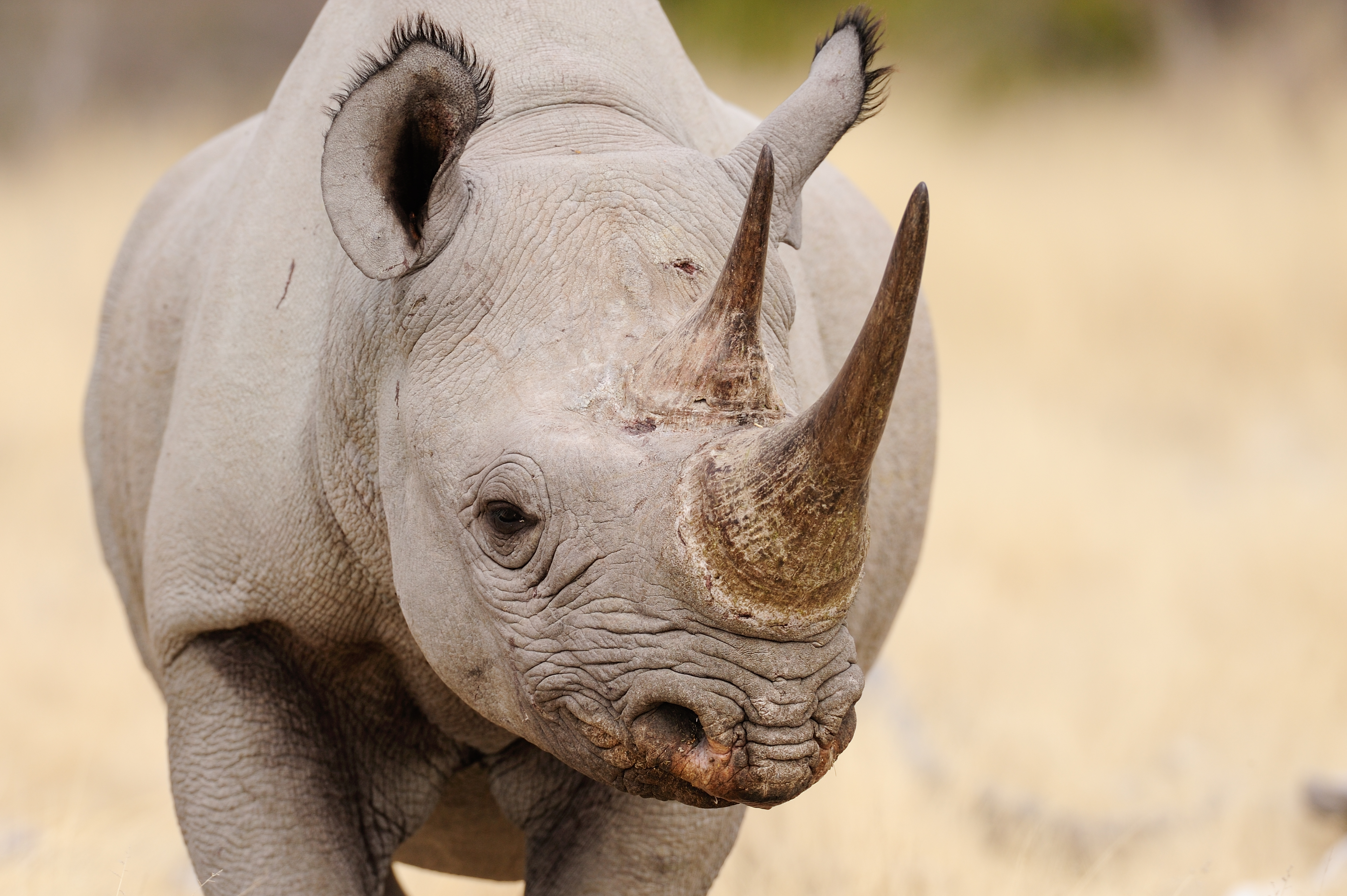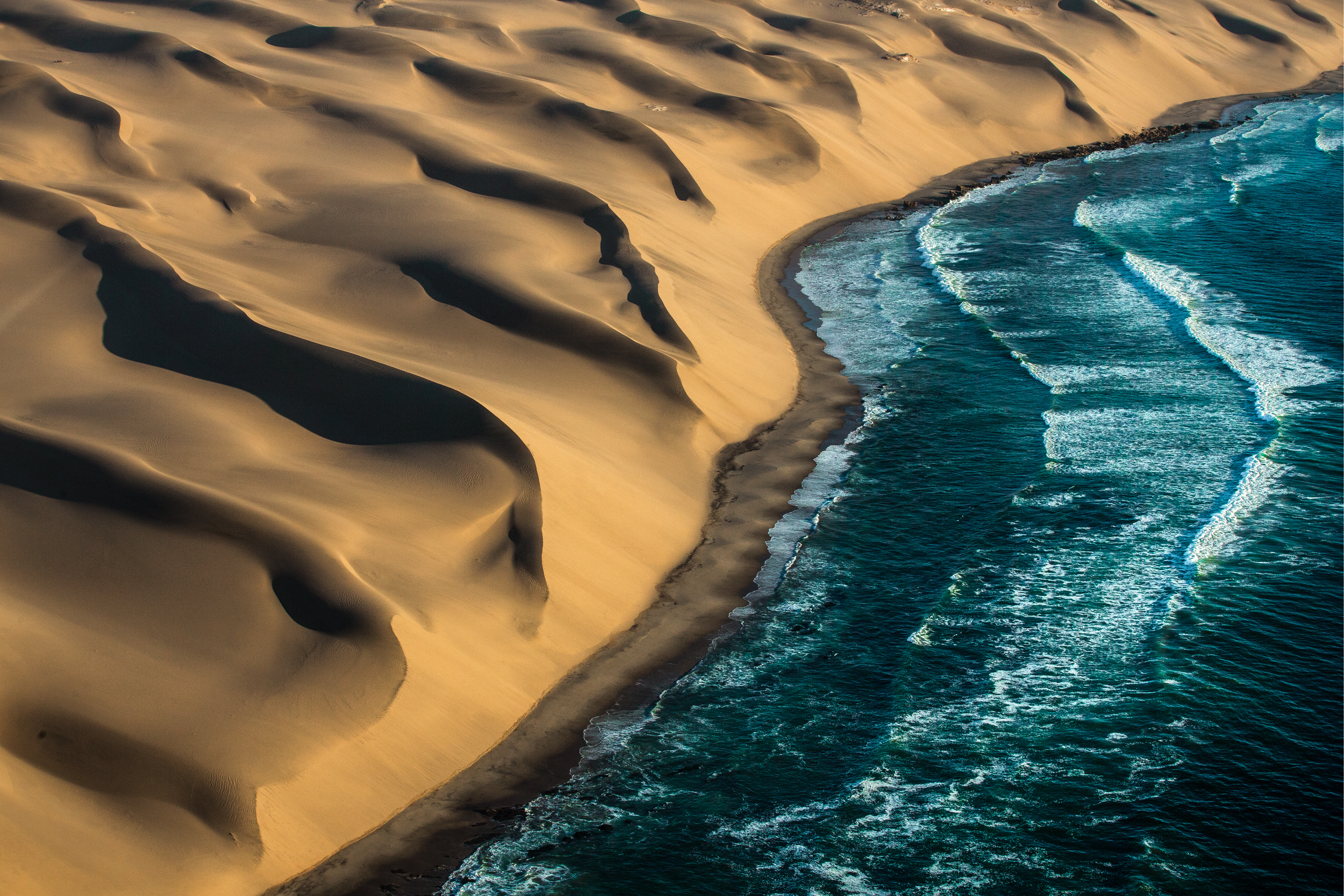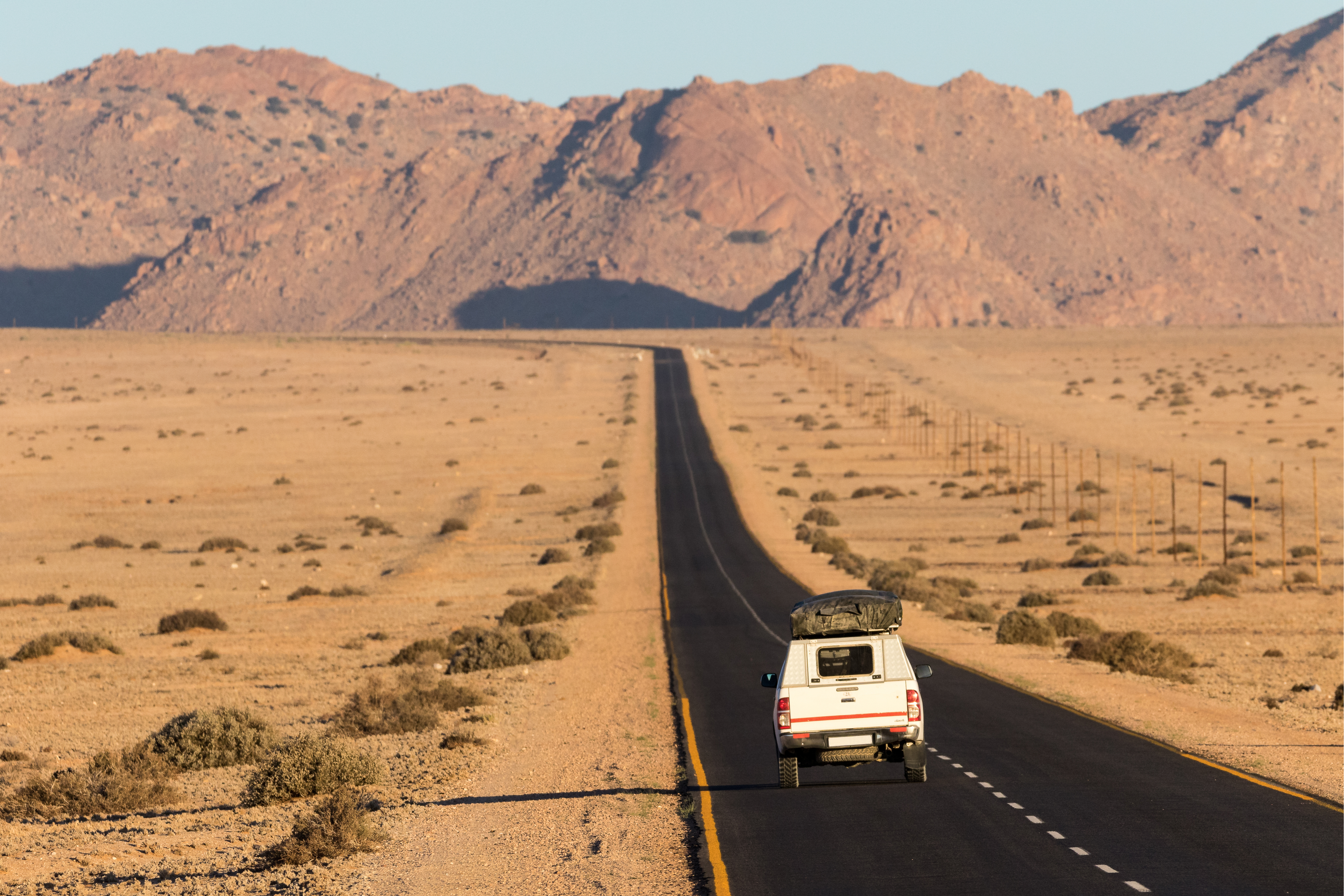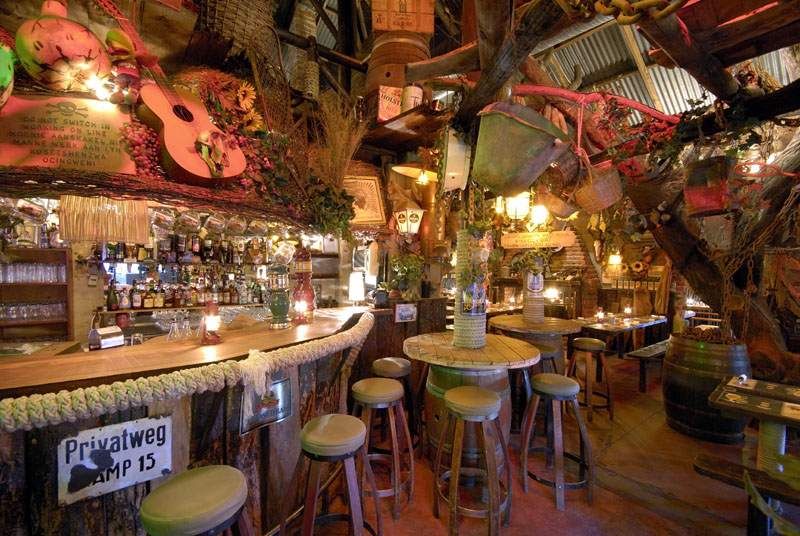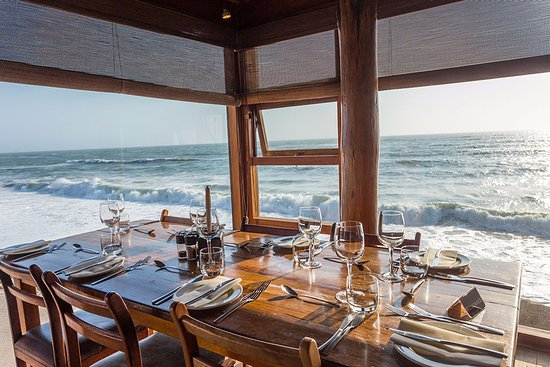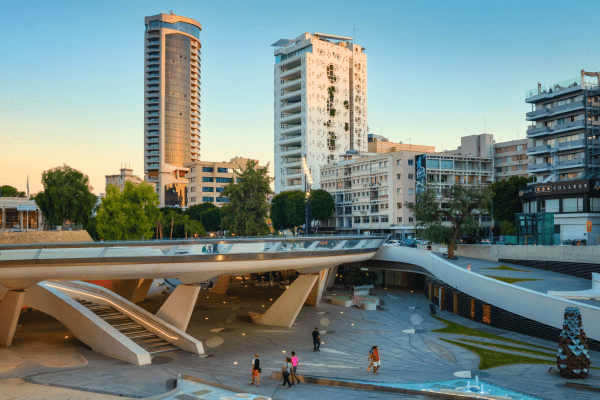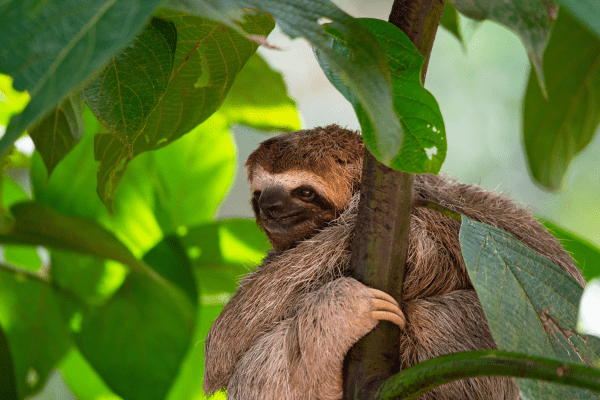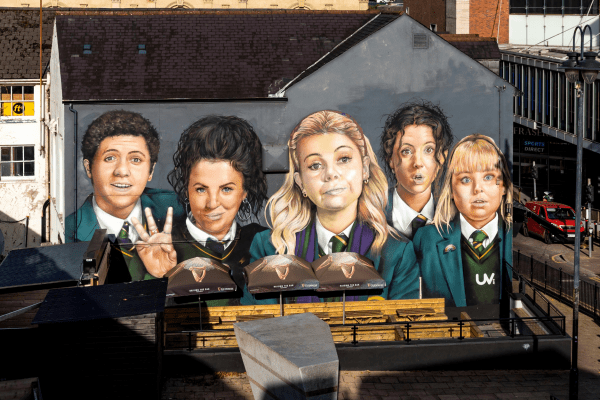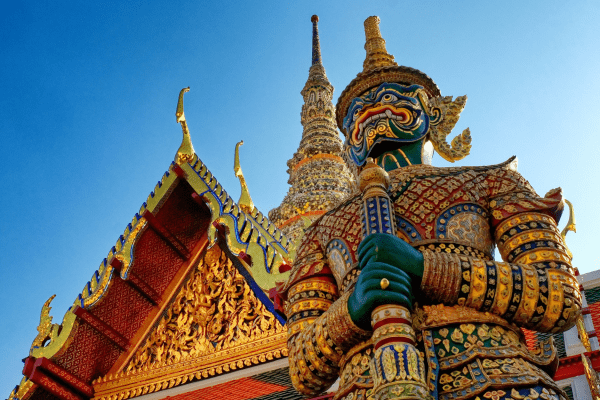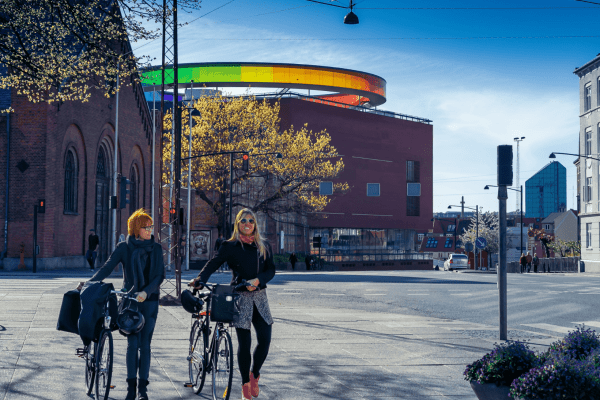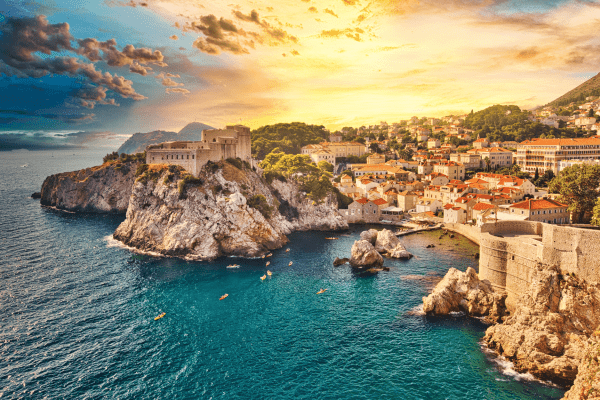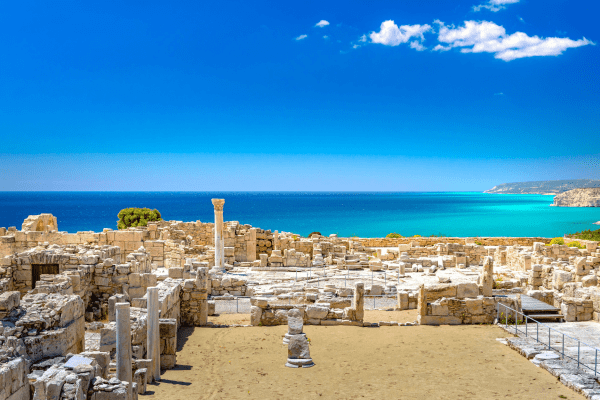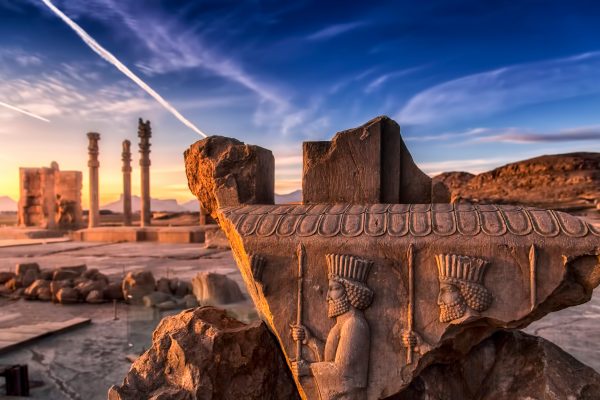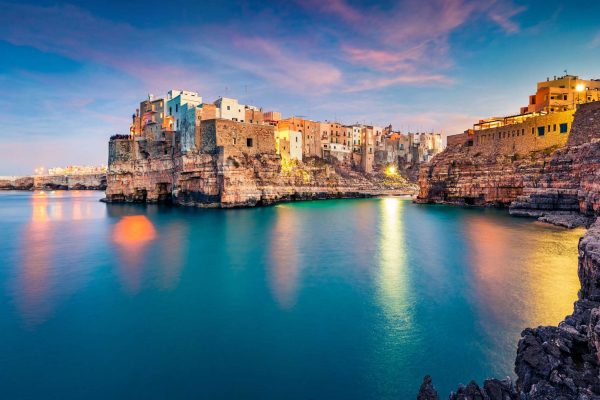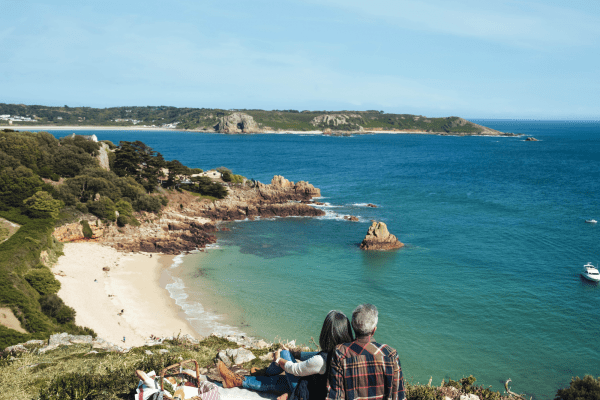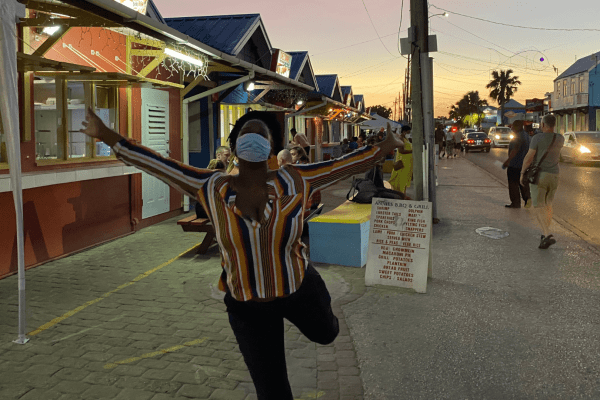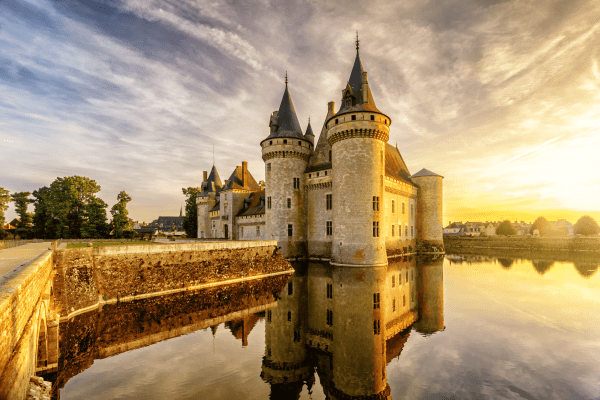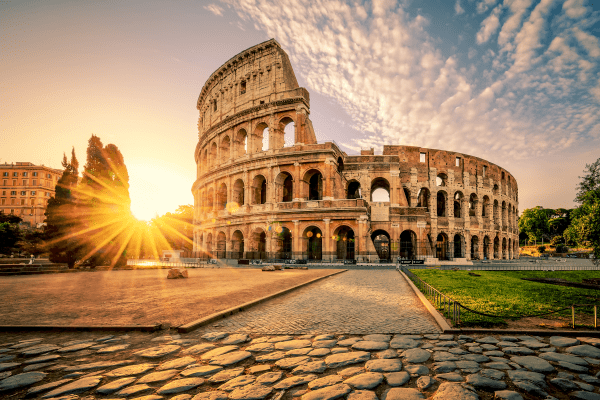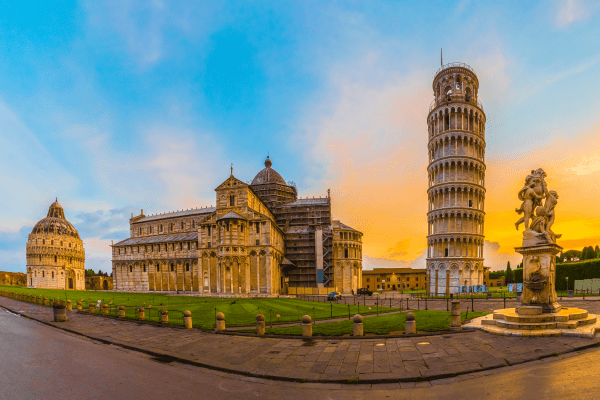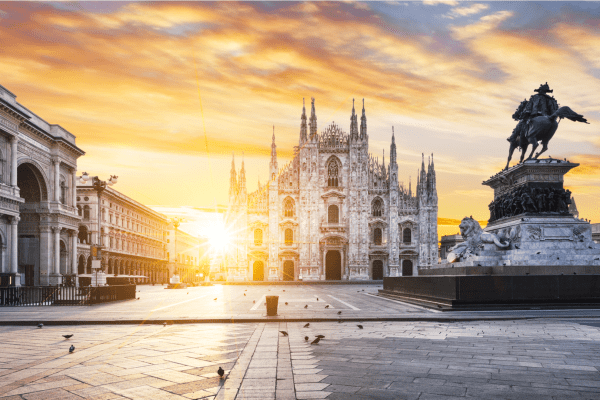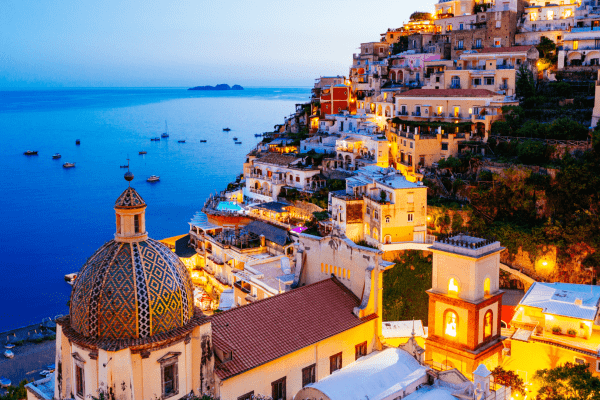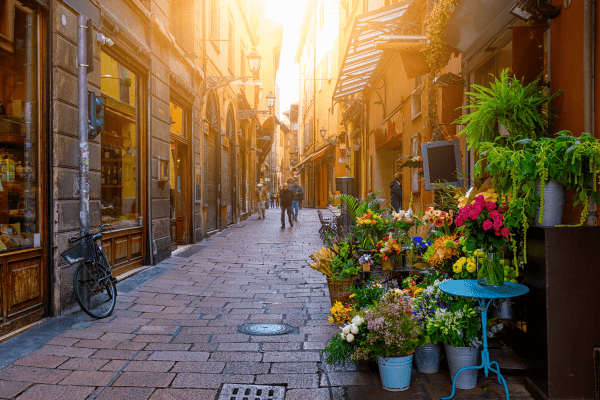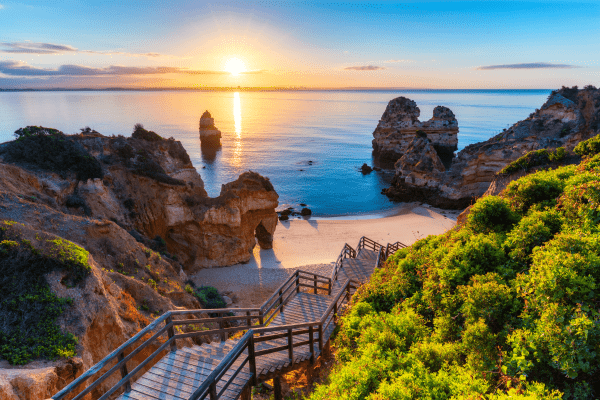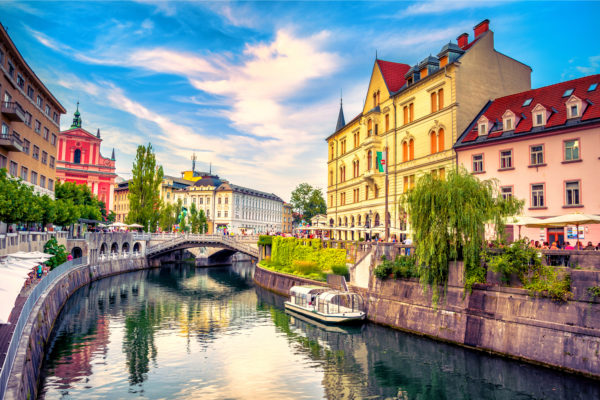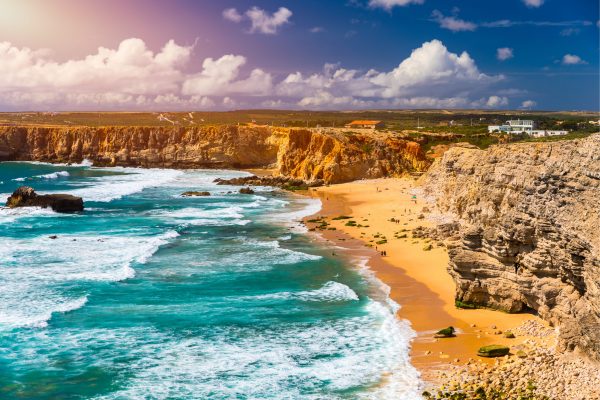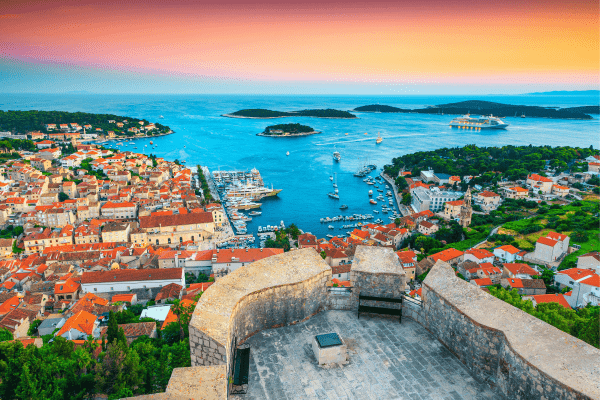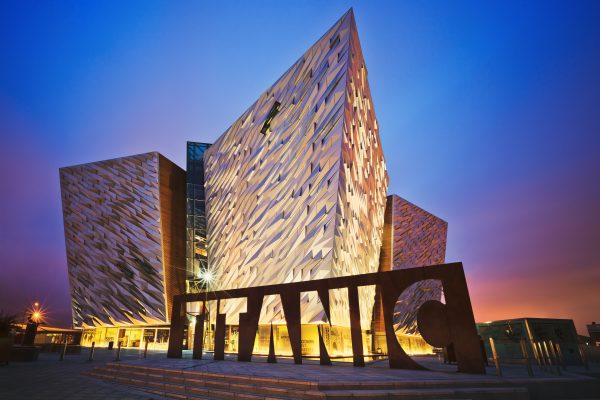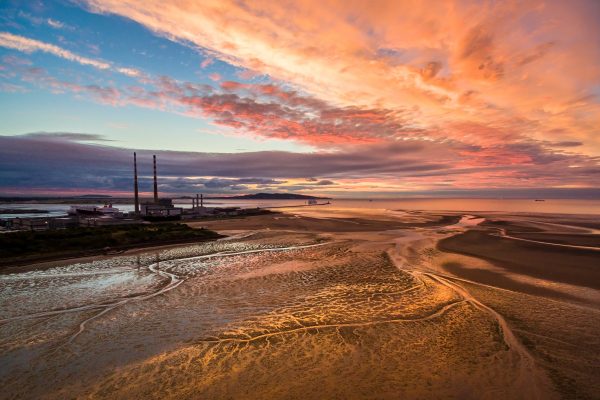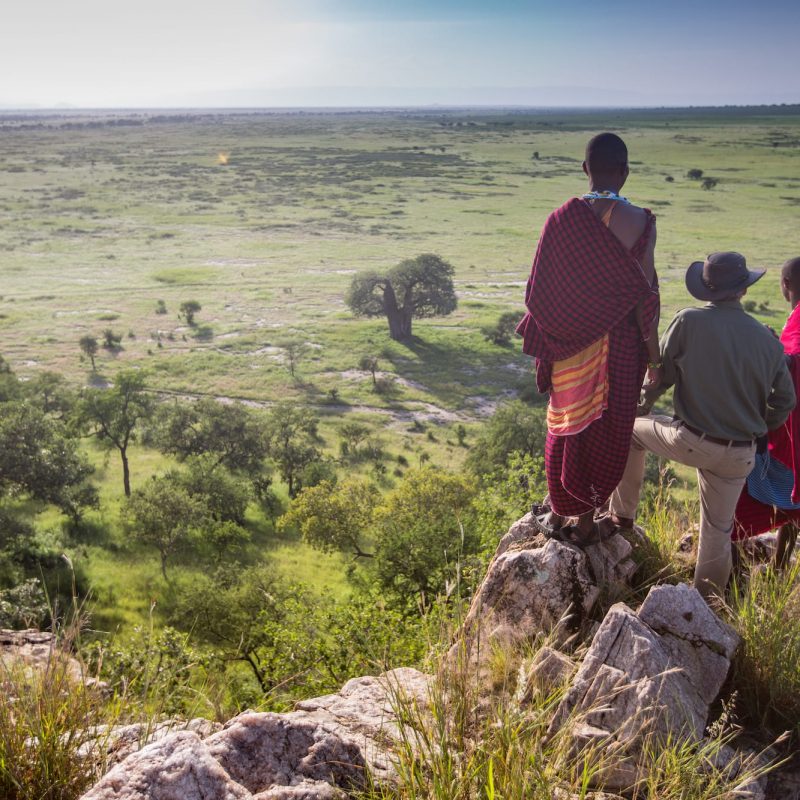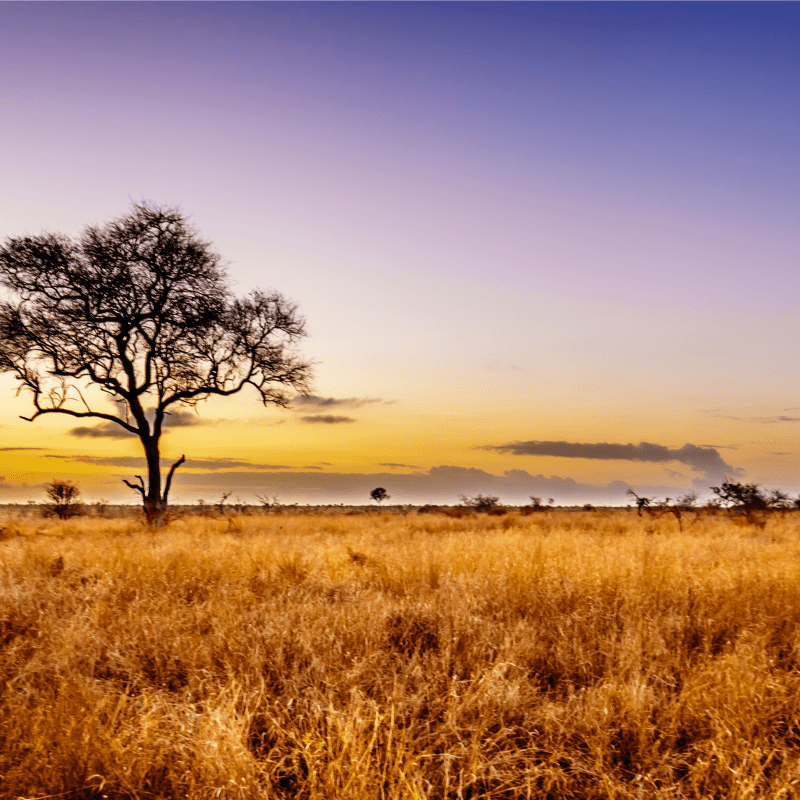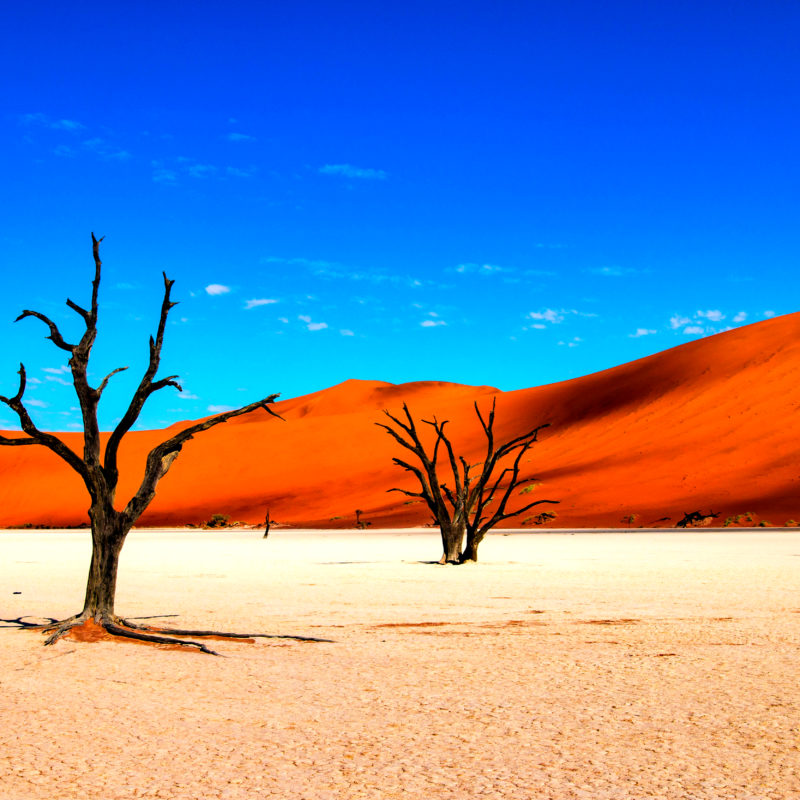Gazing into the impossibly starry sky of a Sossusvlei desert night, all worldly stress and strain forgotten, you’ll find yourself connecting with the universe in a way you never thought possible. With some of the darkest skies ever measured, many top camps and lodges invest in state of the art observatories and resident astronomers to help pick out beautiful constellations and individual planets. Or opt for a simpler experience, wrapped in a warm blanket starring upwards into the endless twinkling lights as the campfire begins to die away.
Squeezed neatly between the Atlantic’s crashing waves and the desolate dry earth of the vast Kalahari, lies the fascinating southern African nation of Namibia. This extraordinary country gained independence from South Africa in 1990 and now, after decades of political stability, investment in infrastructure, and inter-racial reconciliation, it is a bucket list must and a safe and popular destination for honeymooners, families and adventurers. A popular time to enjoy Namibia’s unique experiences is the African winter May to August, coinciding with Europe’s school holidays, when days are mild but nights so cold. At Low Season Traveller we’d recommend arranging your journey from November through April instead. At this time, apart from the busy Christmas period, you can take advantage of great prices for flights, luxury camps, and touring. This is especially true if you enjoy it hot! Namibia boasts an impressive 300 days of sunshine each year with temperatures pushing the mid 30°C. Summer is rainy season, and it is more difficult to spot wildlife, particularly in Etosha National Park. However, Namibia experiences only a fraction of what countries in East Africa receive and in fact has recently struggled with a series of droughts. Join the locals as they celebrate the coming of the rains and the flowing of the rivers, and relish in the lush scenery and stunning light that the spectacular afternoon thunderstorms bring.
Namib Naukluft Park
The fog lifts revealing incredible tones of sandy orange mountains against a blue sky. The Namib Desert is the earth’s oldest, possibly up to 80 million years old, and it’s also the home of the tallest dune – a towering 383 metres. Try sand boarding (keep your mouth closed), or if that’s a bit like hard work, embark on a jeep adventure to the dry Deadvlei salt pan where surreal camel thorn trees stretch their hopelessly parched branches skywards.
The Skeleton Coast
Beautiful but deadly. The bleak shoreline on the edge of the wild Atlantic remains littered with the shells of a thousand wrecked vessels and the bones of long gone whales. More happily, it is also home to one of the world’s largest seal populations. Low season is the ideal time to explore this raw and remote stretch of wilderness, as skies clear, fog lifts, desert nights become warmer and migrant birds return.
Kaokoland & The Kunene Region
Rather less well known and tucked into the country’s north-west, Kaokoland is home to the indigenous semi-nomadic Himba people and the desert adapted elephants that roam the pristine barren wilderness. Low season is perfect for an exploration of the extraordinary Kunene River on an early morning boat safari, looking out for eagles, herons, kingfishers, as well as rare endemic species and a few crocodiles, and visiting the Epupa Falls and Ruacana Falls in full flow.

